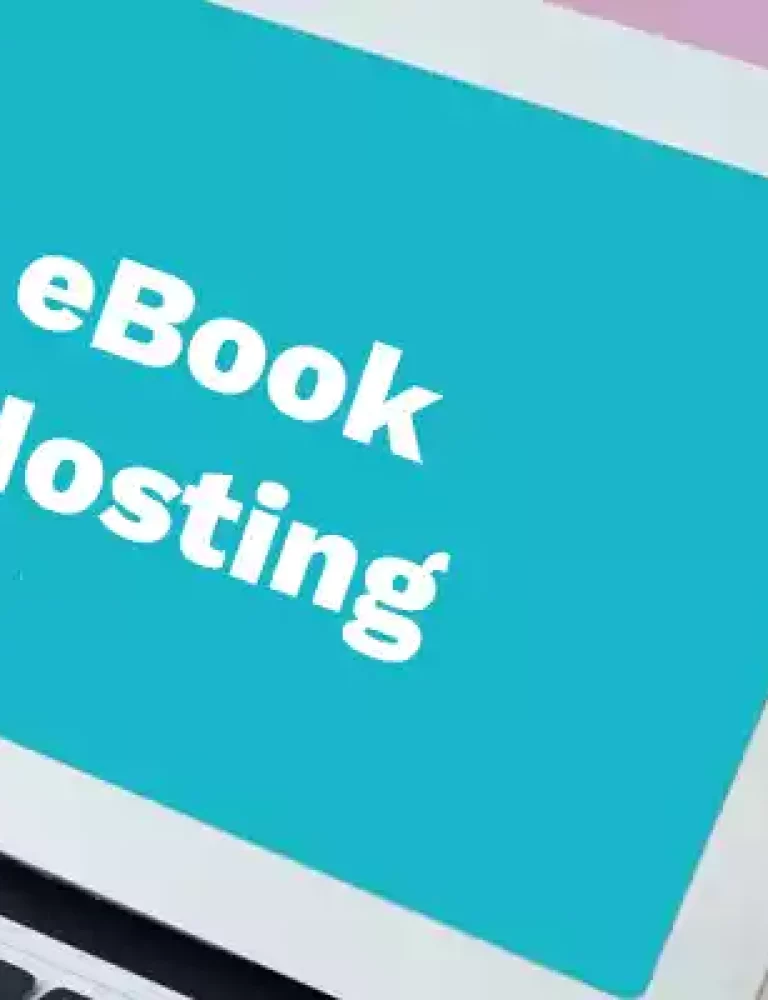The EdTech industry has provided enhanced access to education for people from all backgrounds. Especially in the K12 sector, concepts like hybrid classrooms are driving the recent trends.
In this regard, note that the global eLearning market is projected to reach $457.8 billion by 2026. However, amidst the optimism, a critical question arises: How can the administration ensure that on-premises technologies align with end goals? The solution lies in creating EdTech strategies that prioritize educational objectives in terms of implementation, development, and deployment.
In this guide, we will discuss the crucial link between educational objectives and product development within the EdTech landscape. Read on!
Table of Contents:
I. 7 Strategies to Synchronize Product Development with Educational Goals
- Define Your Tech Goals
- Understand Modern Skill Requirements
- Involve Stakeholders
- Align The Resources With Expertise
- Align Your Tech and Learning Curricula
- Consider Pilot Runs
- Make Tech Equitable and Accessible
- Involve Communities
II. Conclusion
7 Strategies to Synchronize Product Development with Educational Goals
EdTech isn’t merely about exploring the best and the most advanced technologies to implement in the classroom.
The experience and learning outcomes that each digital tool generates vary – which is what makes it necessary to thoroughly consider the outcome you desire from implementing digital technologies in education.
Listed below are seven key executive strategies that will help you align product development with educational goals.
1. Define Your Tech Goals
Defining educational goals is only one part of the process – you need to outline all the objectives that you aim to achieve through digitalizing various aspects of education at your institute. For example, to achieve the educational goal of streamlining the assessment process, your technological goal should be to adopt a product with automated assessment distribution, grading, and submission.
You can leverage the SMART method – Specific, Measurable, Achievable, Relevant, and Time-bound – to outline your tech goals. This will not only provide clarity but also ensure that your goals are well-defined and actionable.
2. Understand Modern Skill Requirements
Modern education is eons ahead of what the millennial generation experienced. Hybrid classrooms, digital-first education and even remote assessments are no surprise anymore. Keeping that in mind, executives should develop educational products that teach digital familiarity and impart modern skill sets to both learners and educators and give them an early start.
The learning curve should be as flat as possible, ensuring the cross-utility of learnt digital skills on other platforms as well.
3. Involve Stakeholders
Stakeholder involvement brings a variety of perspectives into product development. It also helps to highlight gaps in the current ecosystem that need to be addressed through technology and digital solutions.
All the internal stakeholders, like administration, educators, trustees, and students, can come together to contribute their input on the goals that technology should help them achieve. It helps to better align the digital solutions to the end goals of the establishment.
Another key stakeholder to involve is the K12 publisher. Often publishers use certain digital tools to distribute their content. To seamlessly develop your plan, ensure it takes into consideration these platforms as well.
4. Align The Resources With Expertise
Product development is a complicated process and requires expertise to create the solutions that your establishment seeks. It is important to conduct thorough research of the market and explore the existing digital solutions available for ready use and whether they help your cause.
Explore experts with skill sets that can deliver a customized educational product that can be tweaked to synchronize with the goals of your educational institution. A simple internet search will help you find and mobilize locally available resources with ease.
In this context, note that by utilizing the power of digital textbook platforms like KITABOO, educators can ensure seamless alignment between resources and expertise. This way, it becomes easier to integrate tailored content and interactive features into the educational product of your choosing.
5. Align Your Tech and Learning Curricula
Before commencing the development of educational products, you need to bring in your educators and discuss the school curriculum. An understanding of the pedagogies they offer and the resources they use and require will help you better align the technological transformations to these methodologies.
For example, for junior school, if your teachers are leveraging the Montessori pedagogy, the tech stack you aim to implement should be able to offer interactive experiences to the little learners.
6. Consider Pilot Runs
Consider testing your educational app in a pilot run for a fixed period of time to understand whether or not it performs as you expect it to. This gives you an opportunity to understand how well you have aligned the digital solution to your educational objectives, and how the educators are using it.
Through pilot runs, you can also identify bottlenecks, gaps, and even negative feedback to work on it before the final deployment.
7. Make Tech Equitable and Accessible
It is understandable that the educational products your institute develops should be designed for use only by those directly associated with you. However, making the resources and technologies accessible to the community around your establishment helps you provide equitable opportunities to those who have a need for them.
Consider incorporating modern accessibility tools in digital tech and provide regulated access to external stakeholders. This way, parents and publishers can actively contribute to a students’ education.
Conclusion
Selecting the right technology to implement in classrooms is as sensitive as selecting the right educators to deliver learning to your students. When you have a clear picture of your educational and technology goals, you can take confident steps towards aligning both and developing digital solutions that resonate with the objectives you want to achieve.
Using a reliable digital textbook platform like KITABOO, educators can take control of the digital learning curricula through a plethora of customizable tools. They can also create, manage, distribute, evaluate, monitor, and even grade tests via KITABOO.
Further, the platform also provides robust analytics capabilities that enable progress monitoring and performance tracking to attribute numbers to each milestone.This information when shared with K12 publishers, can guide them to upgrading and creating more relevant content.
To know more about aligning one’s product development with educational goals, write to us at KITABOO@hurix.com.
Discover How An Ebook Conversion, Publishing & Distribution Platform Can Help You
Kitaboo is a cloud-based content platform to create-publish & securely distribute interactive mobile-ready ebooks.
You May Also Like







